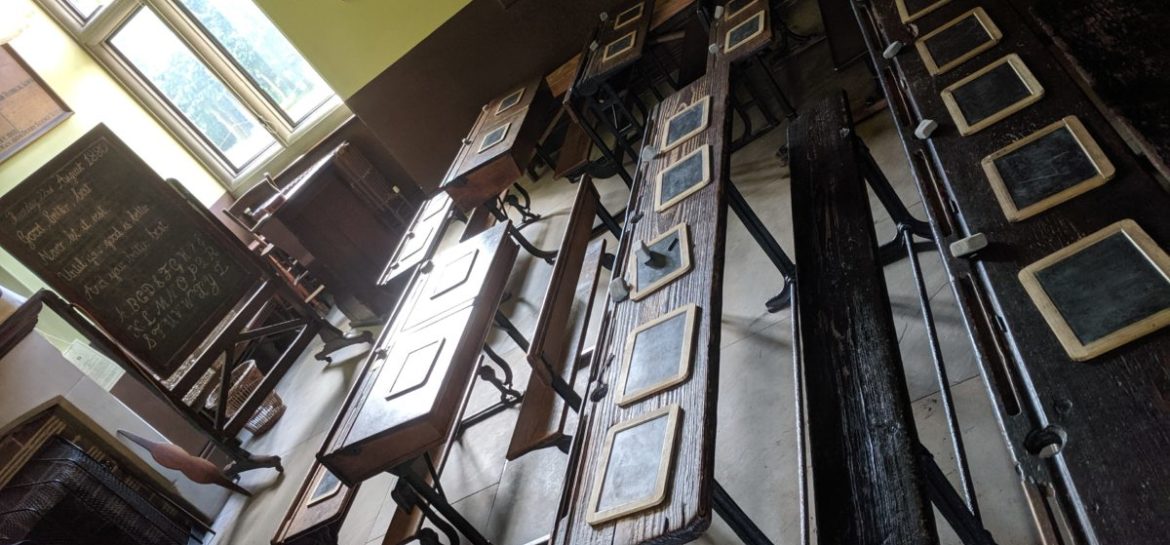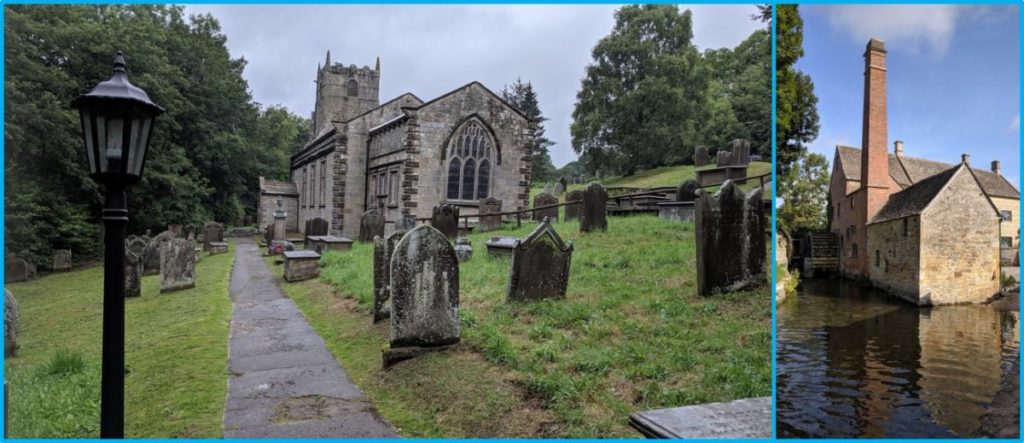
I quite like this time of the academic calendar. I’m usually not long back from leave and although I’m always disappointed that the School hasn’t ground to a halt in my absence, my mind starts to turn to the next semester’s teaching. As you can probably tell, I really enjoy my teaching. I can’t confirm that my students feel the same way, but I’m an AD so they can’t stop me! I pretty much only teach in Semester 1 now, but I have been doing it for so long that there’s every chance that it can become a bit boring. So to avoid that, at around this time, I start to think about how I can update my material. Not just in terms of new papers, but rather in terms of new content. And oftentimes I’m inspired to go read some new publications by where I’ve been or what I’ve binge-watched in the past few months.
Which explains why following a fab trip to Iceland a few years ago, I then spent some time discussing the effect of Skyr on dental health. Or why I have used Star Wars Rogue One to explore the application of International Criminal and Humanitarian Law. A terrific AAFS conference a while ago had a superb session on the undocumented crossers along the US-Mexico border which inspired me to add this context into my lectures; while a couple of trips to Seattle resulted in some new material on migration related to the gold rushes. It’s also why I have Socrative quizzes stored somewhere online which use Strictly Come Dancing moves to revise the muscles and movement.
My feeling is always that if I find something interesting, then everyone else will too. I’m not sure that’s really true, but enthusiasm in the seminar room is often the key to an enjoyable, worthwhile session. I can still remember my undergrad lecturers who seemed bored and were clearly going through the motions – and I really want to avoid that.
So what can our students expect in the next year?
Recently I’ve become really interested in the Romans. I always have really, but I’ve been able to work with experts in this area on a few projects over the past year or two. In fact, on my vacation this month, we visited some excellent Roman sites in the southwest including the well-preserved villa at Chedworth and the Corinium Museum and amphitheatre at Cirencester.

Unfortunately I don’t know anything about the Romans – despite two of my recent papers being based in this period, in addition to a humdinger of a paper coming out soon. When I have introduced them into the class, the focus has usually been on the process of cremation. Sometimes it’s easier to talk about changes to the skeleton in the past rather than in modern cases because of the larger volume of data. In a similar vein I have also been interested in our industrial past, and again explored some of that while away on leave. There’s no cremation to talk about here, or other taphonomic processes so it’s a little trickier to relate this directly to the forensic context – although it is a great period to use when discussing the impact of living conditions on the skeleton. Especially when related to our modern austerity-plagued lives and lowering life expectancy.

So what does that leave? Have I not been inspired recently? It’s pretty damning for the company I keep if I haven’t, to be honest…
I can think of two new areas which may work out this year. First of all, lets talk Fast and Furious: Hobbs and Shaw. Arguably this generation’s Citizen Kane, this magnificent movie is easily dismissed as an brainless actioner. But no. It’s actually a vibrant discussion of the interplay between technology and the physical human form. I can see class discussions about the ethics and forensic implications of enhancing our bodies in the near future taking place! And second, animals. I’ve been thinking about these recently following trips to a number of zoos and wildlife sanctuaries. And it’s not like this would be a new area of interest – this year’s research will focus on working up the excellent data that Dr Dave Errickson and I have collected over recent months about bite marks. It’s a really important part of forensic medicine and we’ve got some great stuff the share. I wanted to get to it last year, but got sidetracked by all that Roman malarkey. So I think that’ll be a key new topic for my sessions then – when animals chomp people. Will my students be interested? Well who wouldn’t be. These lectures are basically writing themselves…